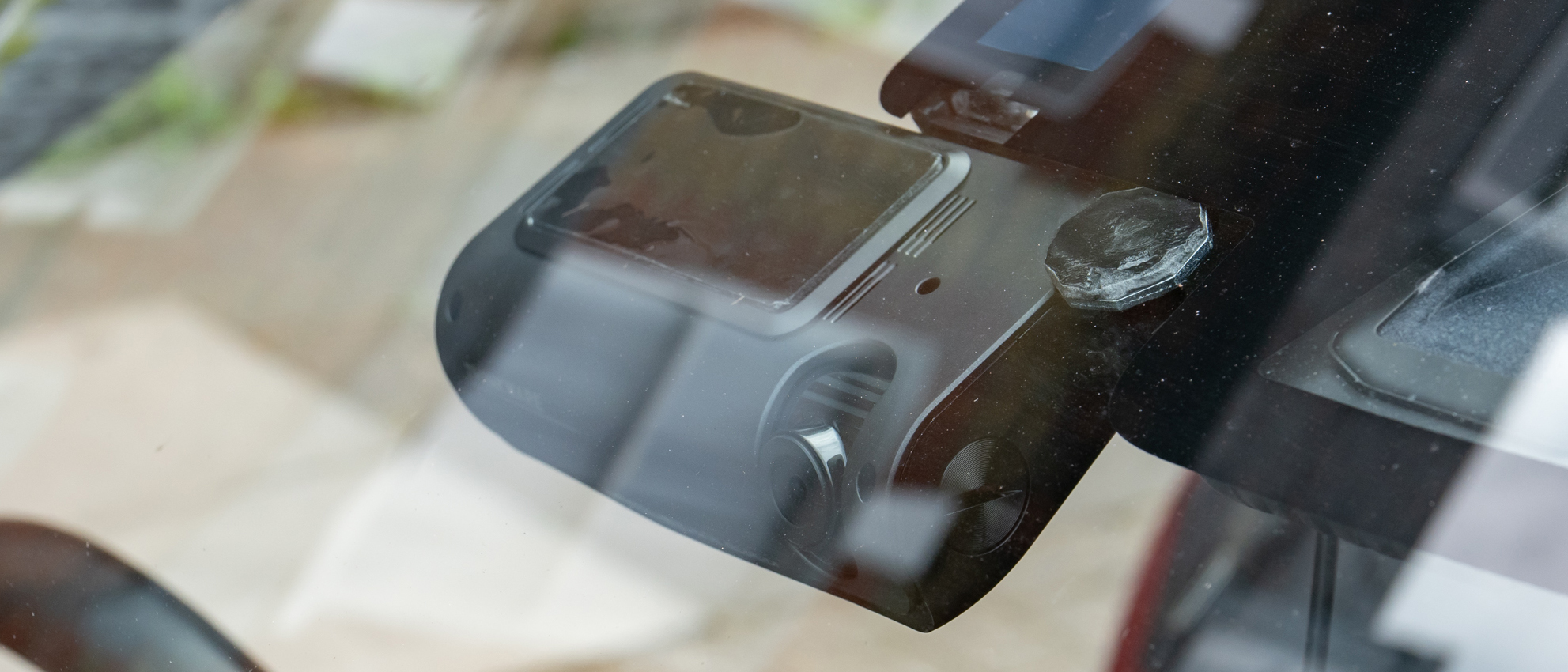TechRadar Verdict
For those who want a 4G-connected dash cam with all of the benefits that brings, the Thinkware T700 is one of few options available to you. LTE unlocks real-time alerts for parking prangs, plus live remote viewing. But the data usage incurs a monthly fee, and we would argue that the connected features aren’t worth the extra expense for most drivers. Connectivity aside, the T700 is subtle, well-designed and records high-quality Full HD video, plus it has GPS, and offers speed camera alerts and collision warnings.
Pros
- +
SIM card and 4G (for those who want it)
- +
Integrated GPS
- +
Speed camera and collision alerts
Cons
- -
Ongoing cost of 4G
- -
Some issues during setup
- -
Expensive
Why you can trust TechRadar
The Thinkware T700 might look like most other dash cams, but there’s one major difference – this is a dash cam with a SIM card slot and LTE connectivity.
That means the T700 has 4G and can connect to the internet, for sending notifications and even letting you view a live feed of your car from your phone, anywhere in the world. While the T700 isn't without its flaws, this unique functionality means it's made our list of the best dash cams you can buy.
Before we dive into the T700’s connectivity features, we’ll quickly run through the basics. This is a dash cam with a slim and fairly subtle design; it doesn’t have a display, so instead is shaped to fit snugly up against the windscreen, hidden behind the rear-view mirror and neatly out of the way.
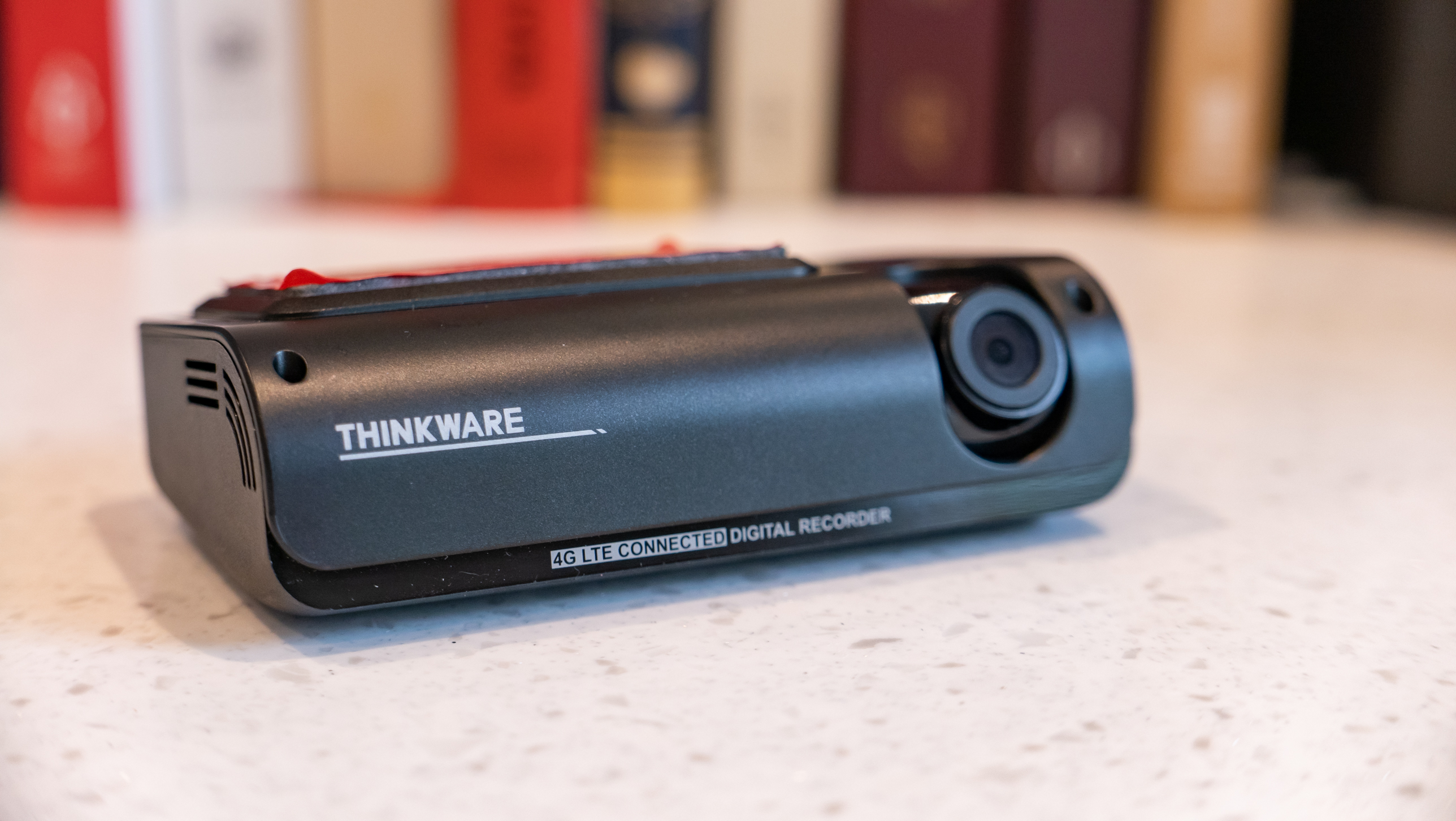
The lens can be rotated through about 45 degrees, so should work with just about any vehicle, no matter the rake of their windscreen. It connects to a simple mount that sticks to the screen with an adhesive pad. This means the mount will always be on the screen, but the camera can be removed by sliding it to the side – handy if you want to switch it between vehicles, but in reality we’d probably hard-wire the T700 into our car and consider it a permanent installation.
The rear of the device is home to a row of buttons. These are for power, turning the Wi-Fi and microphone on or off, manually recording footage – for when you witness an incident but the G-sensor doesn’t feel an impact – and for making an emergency call after an accident.
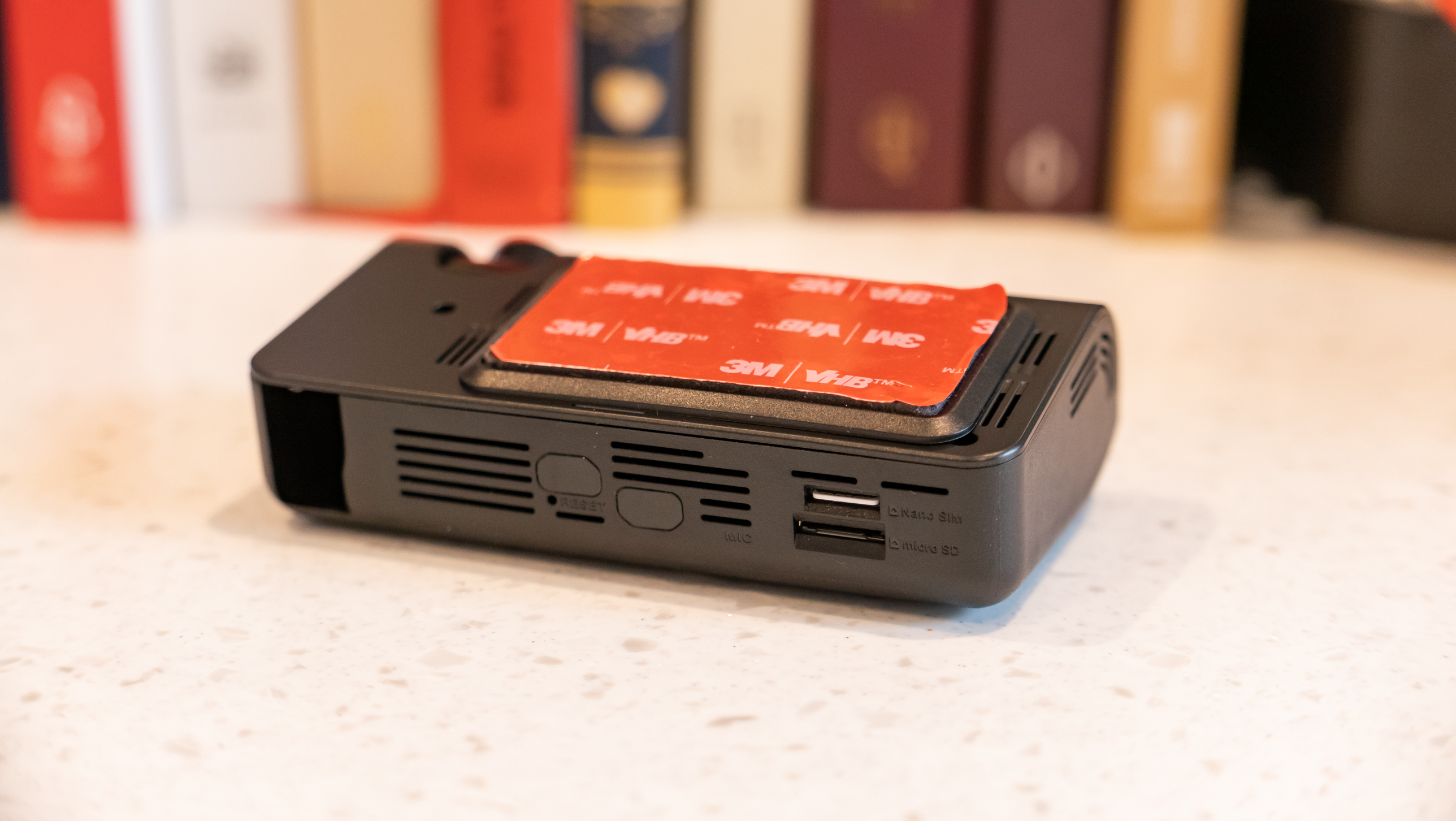
Setting up the dash cam should be a simple process, and registering the included Vodafone SIM card only took a few minutes (and costs £3 a month on a rolling contract). However, when it came to the dash cam itself, we faced problems when trying to create a Thinkware account, as a confirmation email simply never arrived. Without that, we were unable to log into the app and set up the camera.
While that issue was being investigated, we were at least able to use the T700 as a basic dash cam, as plugging it into the 12V lighter socket and starting the car is enough for video recording to begin. We fixed the earlier issue by creating a new Thinkware account, and while the dash cam and SIM card took a while to communicate properly, the setup process was eventually completed.
The camera uses a 2.1MP CMOS sensor that records 1080p Full HD footage at 30fps (frames per second) through a 140-degree lens. The results are good, but not jaw-droppingly so. Details like vehicle number plates and street signs can be read, but it isn’t the sharpest dash cam footage we’ve seen, and makes us wish the T700 had a 2K resolution instead of being capped at Full HD.
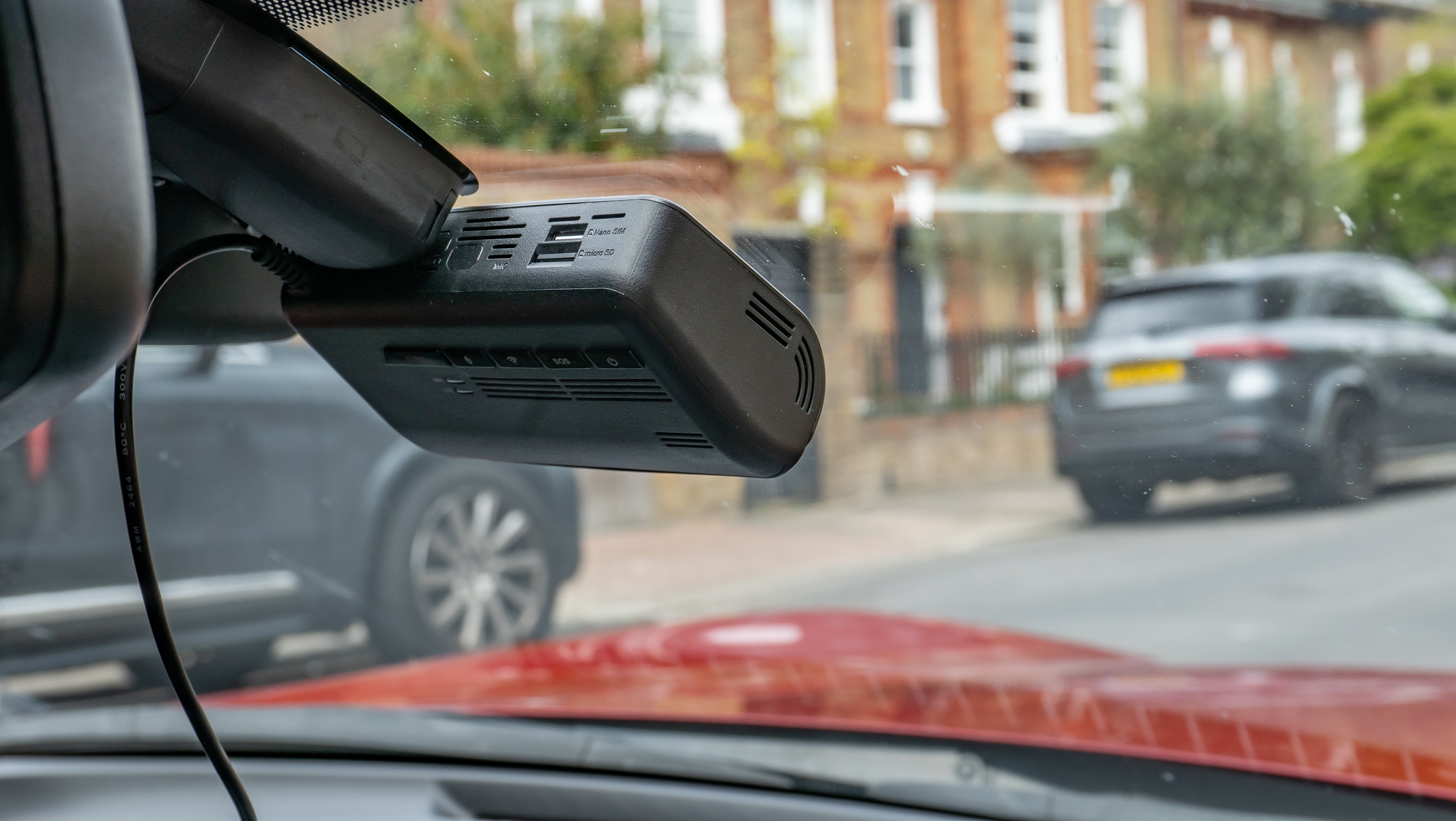
As for storage, the T700 comes with a microSD card, but this only has a 16GB capacity, so fills up quickly, at which point the oldest footage is overwritten. We suggest investing in a larger card, in the region of 64GB.
Although we’re only reviewing the front-facing camera here, Thinkware also sells the T700 with a rear camera included in the box. Attached to the main unit via a long cable, the secondary camera records in Full HD at 30fps, through a 140-degree lens.
A major feature that sets the T700 apart from almost all other dash cams is its SIM card slot, LTE connectivity and access to Thinkware Connected Services. This is all enabled via a Vodafone SIM card included in the box, and which costs £3 per month for 5GB of data on a rolling contract that can be cancelled at any time. The SIM provides national and international roaming across more than 160 countries, so the dash cam will remain connected almost anywhere.
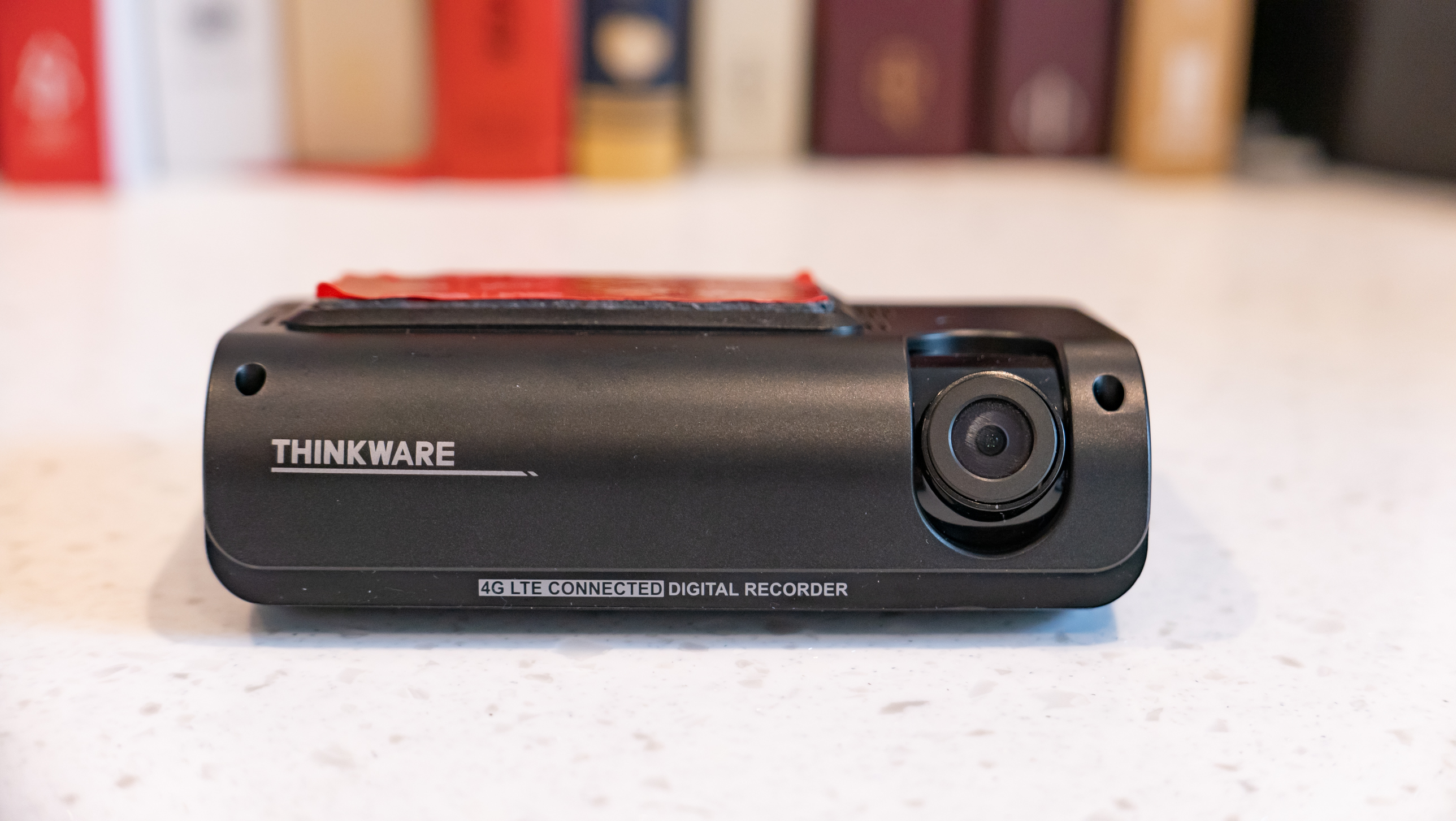
Giving the dash cam its own 4G connection enables a range of extra features, including the ability to view a live video feed on your phone from anywhere, receive real-time notifications when an impact is detected while parked, and remote firmware updates.
There’s also an emergency messaging feature, where the dash cam uses its 4G signal to send a pre-written message to your emergency contact when a collision is detected and the driver does not respond. The dash cam logs driver behaviour analytics and travel history – handy when lending your vehicle to someone else – and it monitors the car’s battery voltage, too. Since hardwired dash cams can cause extra drain on a car’s battery, this should help prevent a flat battery if your vehicle is parked for an extended amount of time.
For some buyers, these features will be useful and well worth the £3 monthly data fee. However, others might feel that a lower-priced dash cam without 4G makes more sense for their needs.
Personally, we like to set-and-forget our dash cams, leaving them to quietly get on with the job of recording video and saving it when a collision is detected. Hard-wired features like parking surveillance are also helpful. But, for us, the benefits of 4G connectivity don’t outweigh the additional upfront and ongoing costs. We also encountered a few issues when setting up the LTE connection, with multiple dash cam reboots required to get it all working.
Beyond its LTE features, the Thinkware T700 has warnings for red light and speed cameras, including average speed zones, and GPS for adding accurate location and speed data to video recordings. On top of all this, a suite of driver assistance systems includes forward collision and lane departure warnings, plus an alert if you fail to notice the vehicle ahead has set off.
Should I buy the Thinkware T700?
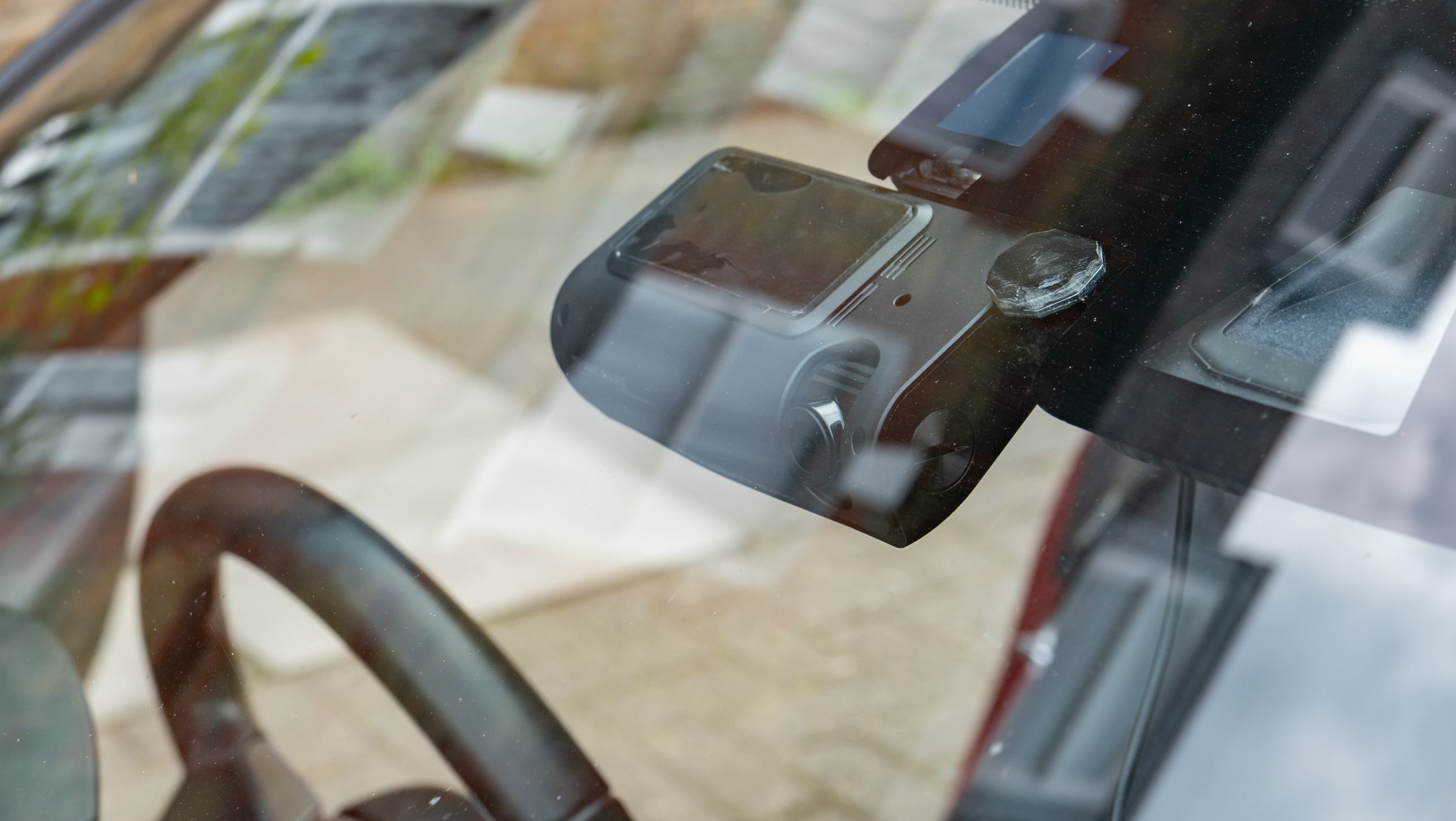
Buy it if...
You need a dash cam with 4G
This is one of the only dash cams on the market with its own 4G connection, so is an obvious choice for those who demand the connected services a SIM card enables. Being able to view a live feed of the camera on your phone, and receive notifications when the car is driven into while parked, are genuine benefits that set the T700 apart from the crowd.
You don’t need a display
For us, the jury is still out on whether dash cams actually need displays or not. The Thinkware T700 puts forward a strong case for the latter, as it makes for a slim design that tucks up against the windscreen and doesn’t distract the driver.
You want the option of adding a second camera
The T700 can be bought on its own, or with one of Thinkware’s secondary cameras. Connected with a long cable run through the interior of the car (professional installation recommended), options here include one that mounts to the rear screen, one that’s waterproof and fits to the rear of your vehicle, or one that attaches to the front screen and has infrared for recording the interior in low light – handy for taxi drivers.
Don't buy it if...
You want a simple, no-frills dash cam
The T700 comes with a lot of bells and whistles, from 4G and parking mode, to collision warnings, speed camera alerts and driving history data. These won’t be for everyone, and if you want a basic dash cam that simply records video when it detects a collision you can save a lot of money by looking elsewhere.
You’re not interested in the benefits of 4G
There are a lot of quality dash cams on the market – including other options from Thinkware itself – that undercut the T700 while still offering the same video quality and most of the same features. You should only buy the T700 if you really want the 4G features, and don’t mind paying £3 a month for the privilege.
You want a dash cam with a suction mount
This is a fairly small negative, but the Thinkware T700 only attaches to the windscreen via an adhesive pad that locks onto the dash cam itself. There isn’t a suction cup mounting option, so if you plan to regularly swap your dash cam between multiple vehicles, this isn’t necessarily the one for you. Instead, this is a dash cam that works (and looks) best when hardwired into the vehicle, with its cable neatly hidden and windscreen mounting plate left in place.
Alistair Charlton is based in London and has worked as a freelance technology and automotive journalist for over a decade. A lifelong tech enthusiast, Alistair has written extensively about dash cams and robotic vacuum cleaners for TechRadar, among other products. As well as TechRadar, he also writes for Wired, T3, Forbes, The Independent, Digital Camera World and Grand Designs Magazine, among others.
